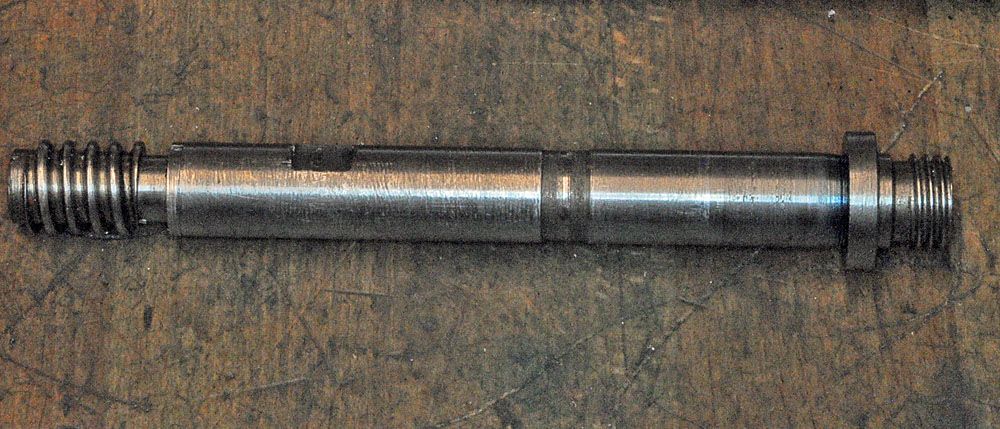As originally built, the Flexispeed spindle runs directly in the cast iron of the headstock. That is unless someone has already done a modification and fitted separate bushes, always a possibility.
I don't think that the rate of oil flow through the bearings is a very good indicator of the degree of wear in the bearings. The bearings on the headstock of the Flexispeed are not a complete circle, being split for adjustment at the front. This discontinuity tends to wipe the oil film off and so increase the oil flow.
I would be more interested in how much measurable movement I could detect in the spindle. Tightening the adjusting screws can reduce the free movement, but it does alter the shape of the bore a little. Should not be a problem unless it really is badly worn.
The maintenance instructions state that given proper lubrication and run below 1000 rpm the bearings should have a long life. Having said that, The speeds on my machine with the pulleys supplied by Flexispeed, North Walsham, are approximately 1420, 815, 460, 355, 203, 115. Not quite in line with their own recommendations.
The instructions for adjusting the bearings are to tighten until a resistance is felt, then back off 1/8 of a turn. Then repeat for the other bearing.
I'm sorry that this does not really answer your original question, but I have added it just for information.
A photo of the headstock bearings might be interesting.
Neil
Julian Tolley.





